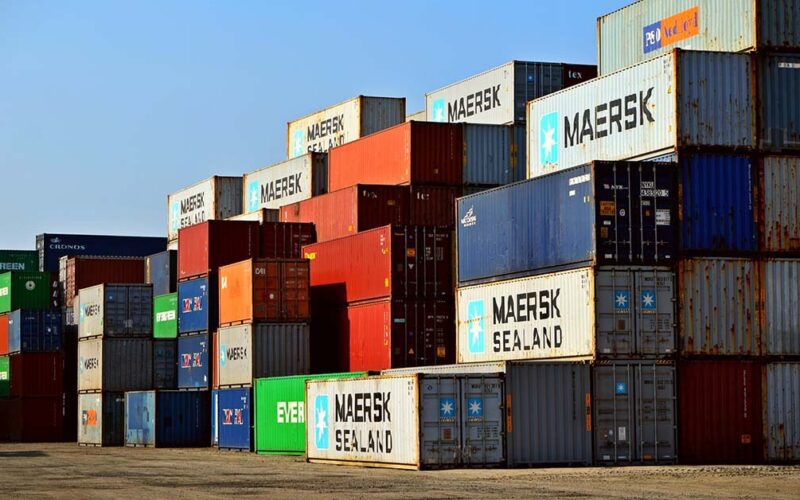Skyrocketing input prices caused by the Ukraine war and covid-19-induced supply chain disruptions has pushed up Pāmu’s cost of production by over 20% across its farming portfolio.
“We’re not immune,” Pāmu chief financial officer Steven McJarrow said.
Everything is up across the board, and it will flow through into the costs of production.
“They’ll be significantly higher I think, at around 21-22% across both dairy and livestock,” he said.
When the country’s largest farmer planned its 2022 budget in May 2021, it budgeted $28 million to spend on fertiliser across its farming portfolio.
By the time it had finished its February forecast, it had already lifted by 19%, he said.
“When we did our budget for next year, we thought we’re going to see a 66% increase on FY2022. So for the 2023 budget, we have assumed at least a 66% increase,” he said.
McJarrow said they also expected fuel to increase by 40%. Interest rates were lifting, as were regulatory costs, particularly for health and safety in terms of vehicle maintenance.
“We think they’ll be up 9% year-on-year,” he said.
Supply chain delays were also causing a headache for Pāmu as it waited on orders for the delivery of farm vehicles. Orders for new side-by-side ATVs have a delay of over 12 months.
“We have around 60 of those that we have on order and that includes utes and tractors and all of those have uncertain delivery times,” he said.
This flowed through into servicing their vehicles to ensure health and safety was not compromised for their workforce.
“Everyone is going to be struggling with this. We would hate to see people in the industry compromising on health and safety,” he said.
It too was finding it challenging to recruit and retain staff and he expected those costs to lift by 6%.
“You have to be competitive to attract talent, because we have low unemployment at the moment and tighter immigration so to get people, we have to pay more,” he said.
In terms of on-farm management, it may see Pāmu mine the fertility on some farms where the Olsen P levels are high, maybe use lime rather than fertiliser to try and cut costs and look to see if crops such as lucerne can be used to reduce nitrogen use.
“It’s the old story, necessity is the mother of invention and I’m sure we’ll find ways we can improve our business process,” he said.
Read more articles in the Food Security special report series here.






